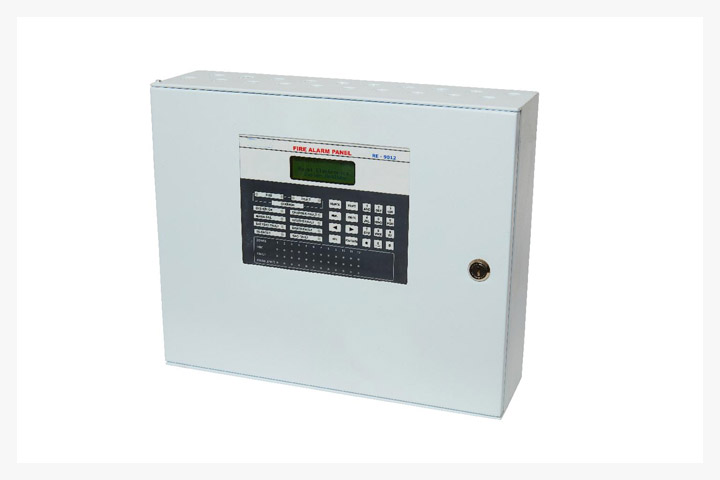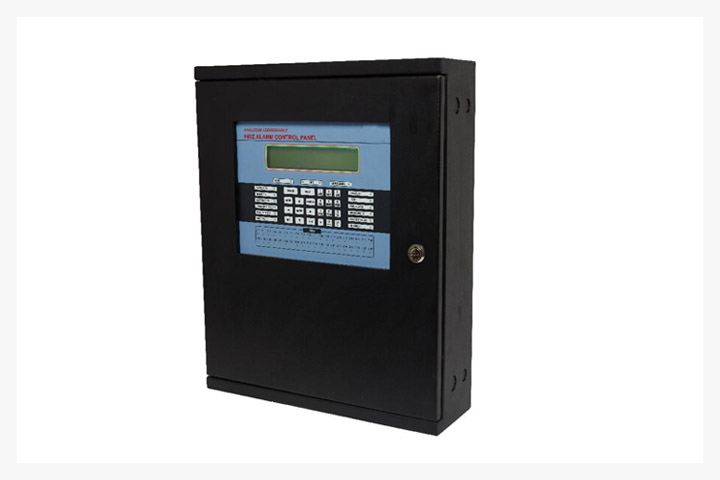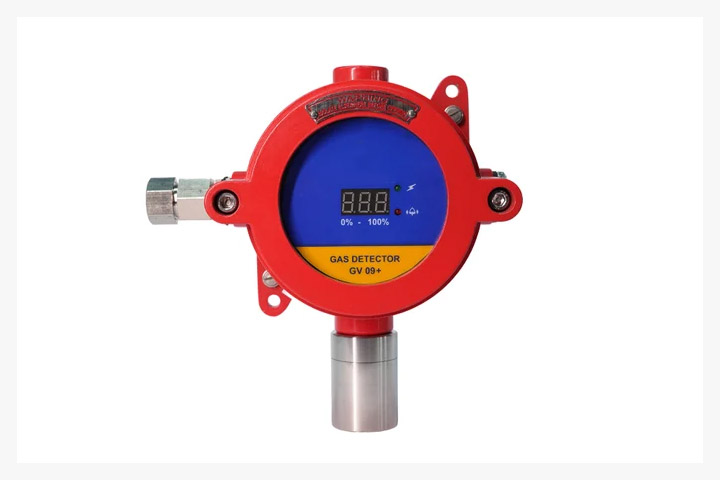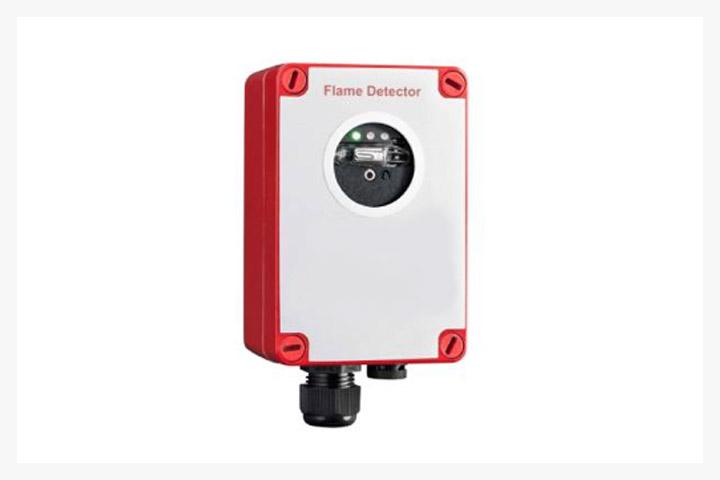Fire Alarm Types
Conventional
A conventional fire alarm control panel operates using one or more circuits connected to initiating devices arranged in parallel. These sensors reduce circuit resistance when environmental conditions exceed a set threshold. In such systems, the information provided is limited to the number of circuits used, as illustrated in diagrams. To aid in fire location and control within a building, the structure is divided into specific areas or zones. In multistory buildings, floors serve as zone boundaries. Each zone can contain 15 to 18 smoke or heat detectors, along with a manual call point and a hooter.
Types of Conventional panel based on zones:
2-Zones, 4-Zone, 6- Zones, 8- Zones, 10- Zones , 12- Zones, 14-Zones.


Addressable Fire Alarm System
An addressable fire alarm system consists of one or more circuits with detectors wired in parallel, where each detector has a unique identification (address) on the circuit. When a detector meets the alarm conditions, it sends a signal to the fire indicator panel. These systems can identify each detector’s status and location. With advancements in technology, modern addressable systems typically feature a 4-loop configuration, supporting around 250 devices per loop, including smoke detectors, heat detectors, manual call points, and hooters. This allows approximately 1,000 devices to connect to a single addressable panel.
Linear Heat Detection System
These detectors are analog addressable, fixed, and rate-of-rise type, designed to activate when the ambient temperature exceeds a set threshold or rises faster than a pre-determined rate within a specified time frame. They communicate with the control panel, transmitting information such as individual address, sensor type, and analog signals.


Beam Detectors
Beam detectors operate on the principle of light obscuration, where smoke blocks or scatters part of a light beam. When a specific percentage of transmitted light is obstructed by smoke, a fire alarm is triggered. Typically used in large commercial and industrial buildings as part of a comprehensive fire alarm system, optical beam smoke detectors consist of a light transmitter and receiver. The light beam is reflected back to the detector by a reflector placed opposite the transmitter, allowing the system to monitor for fire across large areas effectively.
Gas Leak Detector
Gas leak detection involves identifying hazardous gas leaks using specialized sensors. These sensors typically trigger an audible alarm when dangerous gases are detected. Common types include combustible gas sensors, photoionization detectors, infrared point sensors, ultrasonic sensors, electrochemical sensors, and semiconductor sensors. Recently, infrared imaging sensors have also been adopted. These sensors serve a variety of applications across different industries, ensuring timely alerts and enhancing safety in environments where gas leaks pose a risk.


Flame Detector
A radiant energy-sensing fire detector identifies the energy emitted by flames. Its effectiveness depends on the distance between the detector and the fire, as radiation decreases with distance. As the detector moves farther from the fire, larger flames are required for detection. Flame detectors are ideal for buildings with high ceilings over 9 meters, such as warehouses, aircraft hangars, and open spaces. They are also used in areas prone to fast-spreading fires, like petrochemical plants, refineries, gas installations, and paint shops.
Revolutionizing Life Safety Solutions
We look forward to being your partner in Fire safety Solutions
Whether you need help with a complex project or just have a simple question, please feel free to contact us, our team is here to help, and we’ll always treat you with the respect and empathy you deserve.

